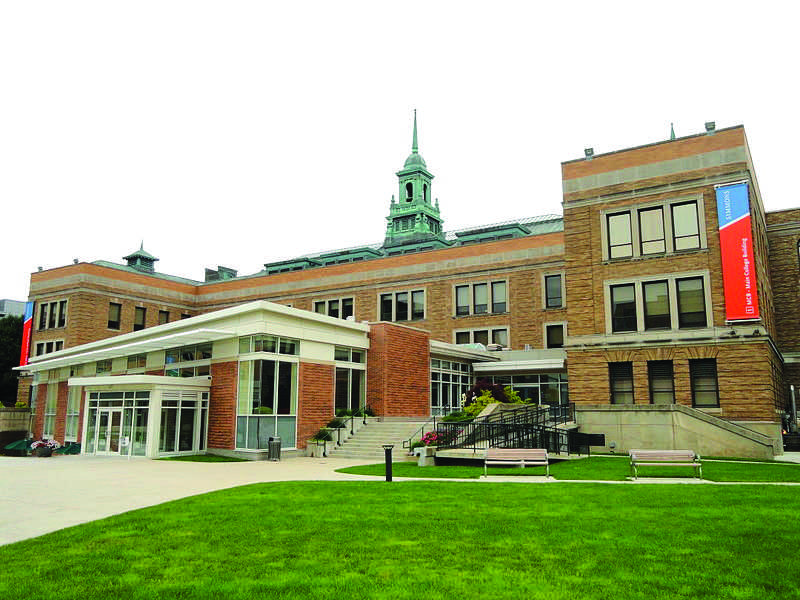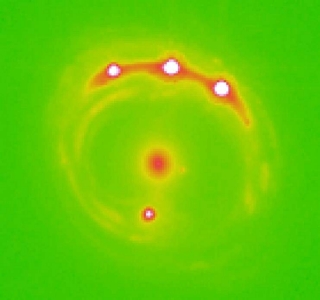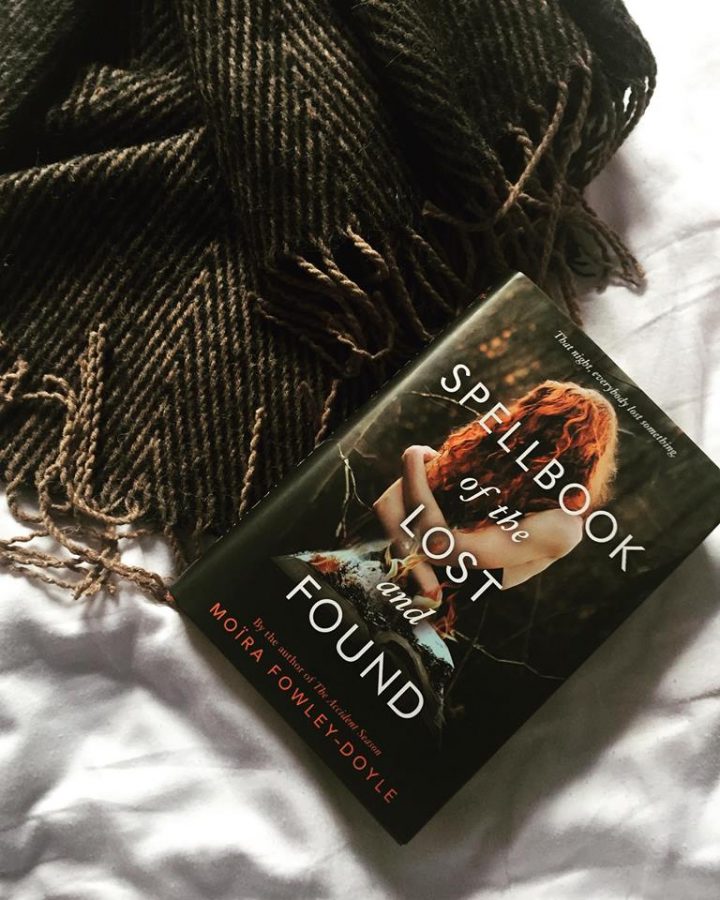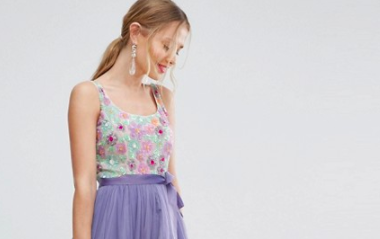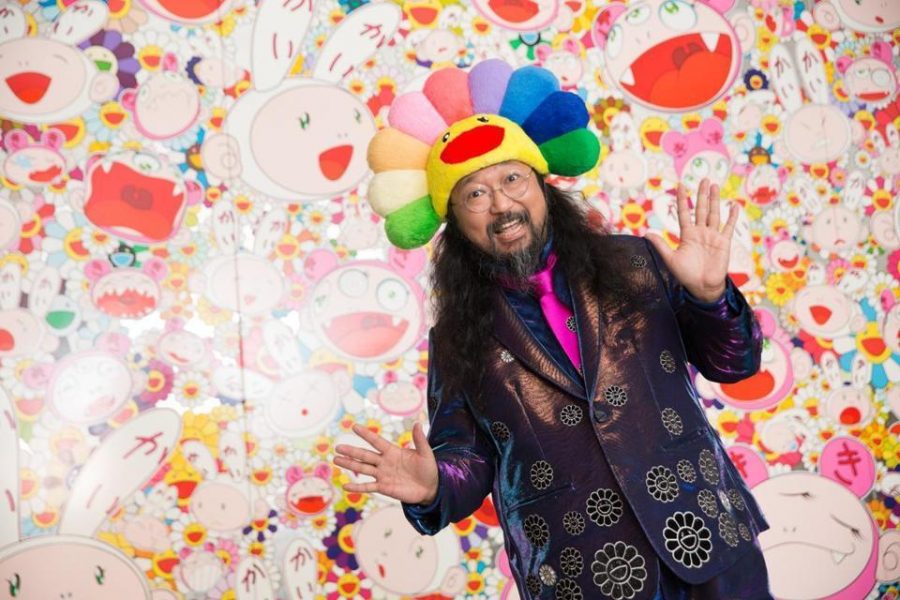By Alexa Faria
Contributing Writer

Let’s face it; the snow is just not pretty anymore. After embracing the snow days and enjoying time off, most of us have to be at our breaking points.
Feeling unproductive, sad, restless, and stressed may be more of a commonality due to lack of space, places to go, room to breathe.
The snow is no longer a representation of childhood bliss, but rather a jammed elevator. It is completely out of our control, but something we all are going through.
That has us thinking about all of the things we need to learn and accomplish before the semester comes to an end.
This can completely stress us out and lead us to pace around our living spaces with nothing else to do but pace and worry about our “real life” obligations.
Some of us may be experiencing the “winter blues.” Seasonal depression or seasonal affective disorder is something people struggle with and being trapped inside definitely isn’t helping.
While many people suffer from a mild form of winter blues, about one half million of the U.S. population suffers from seasonal affective disorder.
Seasonal depression typically begins around the same time each year. It typically begins in the fall, gets worse in the winter and ends in the spring.
There is not a known cause for this disorder but there have been two proposed theories.
The first examines exposure to sunlight. There have been studies done that show lack of exposure to sunlight may be relevant because our biological clocks are dependent on it.
This shift in exposure may come deregulation in mood, sleep, and hormones, which can cause this disorder.
Exposure to light can also help correct the chemical imbalance in serotonin levels that often occurs in individuals with this disorder.
Symptoms of this disorder are similar to symptoms of depression, and consist of sadness, anxiety, irritability, loss of interest in usual activities, withdrawal from social activities, inability to concentrate, lack of energy, increased need for sleep, craving for carbohydrates, and accompanying weight gain.
A common treatment of this disorder is light therapy, also referred to as phototherapy.
In this particular treatment, white fluorescent light tubes are covered with plastic screen to block ultraviolet rays. This treatment is said to be extremely helpful and typically more affective in the morning rather than the evening.
This disorder can be prevented or lessened by getting this treatment or even going outside for a period of time every day. It is also important to eat healthy and to make sure you are consuming enough vitamins and nutrients.
Prevention is also correlated with exercising regularly and keeping in contact with friends or social groups, especially during the winter months.
As we face the snow, the cold, and this long, excessive winter, make sure to keep your bodies healthy.
If you are pacing around your house with nothing to do, do an abdominal workout, call a friend, play a board game, read a book or just relax.
You could be bold and try to brave the storm for a while. At this point do anything you can. As the snow keeps falling we keep living, sometimes things are out of our control.
Remember to keep your body and mind active. By keeping busy, the snow and this particularly rough winter we are experiencing will go by faster.




